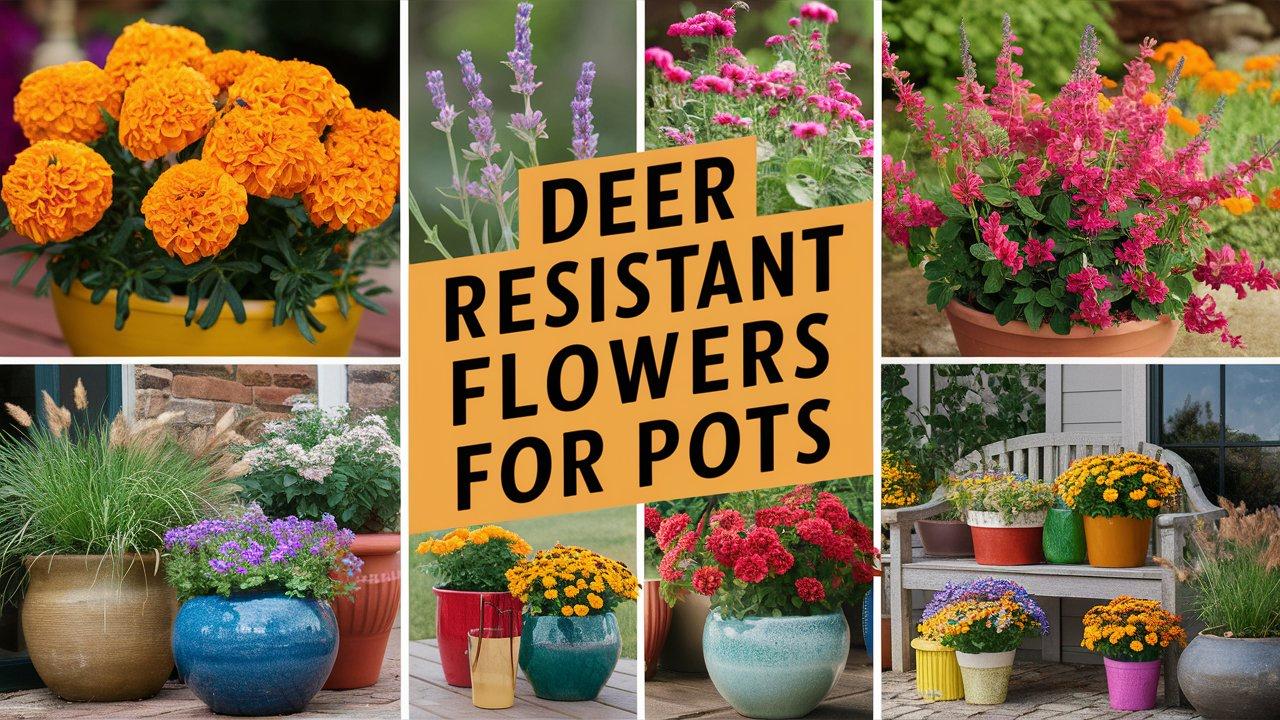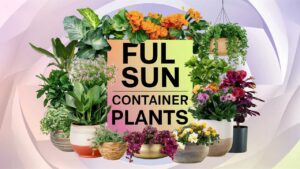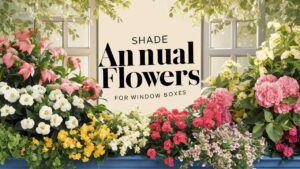Gardening can be a serene escape, but for many outdoor enthusiasts, deer can pose a significant challenge. Whether you live in a rural area or suburban neighborhood, it’s essential to select plants that can withstand their attention.
Fortunately, there’s a variety of flowering plants that not only deter deer due to their taste or scent but thrive beautifully in pots. This guide will lead you through a diverse selection of deer-resistant flowers, perfect for your container displays.
Dusty Miller
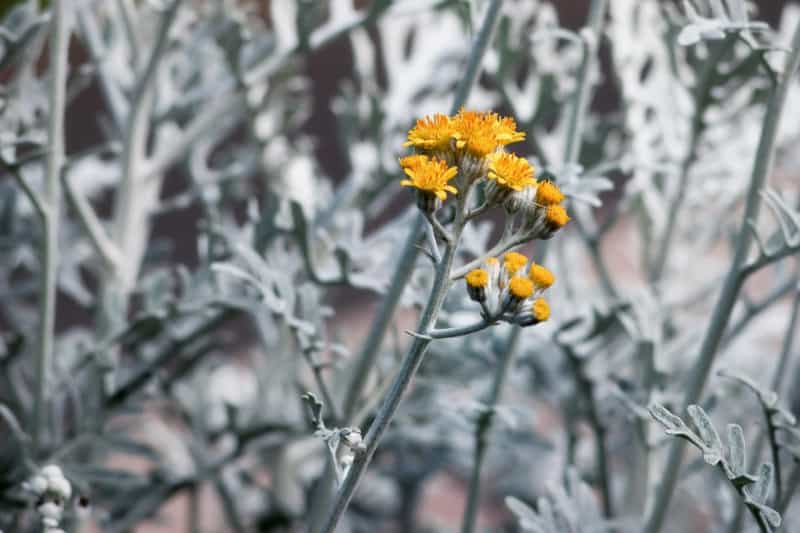
Dusty Miller, scientifically known as Senecio cineraria, is a popular choice for gardeners seeking a deer-resistant option. This perennial herb is renowned for its striking silvery-gray leaves that create a stunning contrast against vibrant blooms. Although Dusty Miller itself produces inconspicuous yellow flowers, its foliage makes it a perfect companion plant in arrangements with flowering species. The woolly leaves contain compounds that can be unpalatable to deer, making them an ideal choice for outdoor pots in deer-prone areas.
Additionally, Dusty Miller thrives in well-drained soil and requires full sunlight to partially shaded locations. The light color of its foliage can brighten up shaded corners, and when planted with colorful annuals or perennials, it adds depth and interest to container gardens. Maintenance is minimal, making it a great option for both seasoned and novice gardeners. Regular deadheading and light trimming can help maintain its shape and encourage bushier growth.
Tricolor Sage
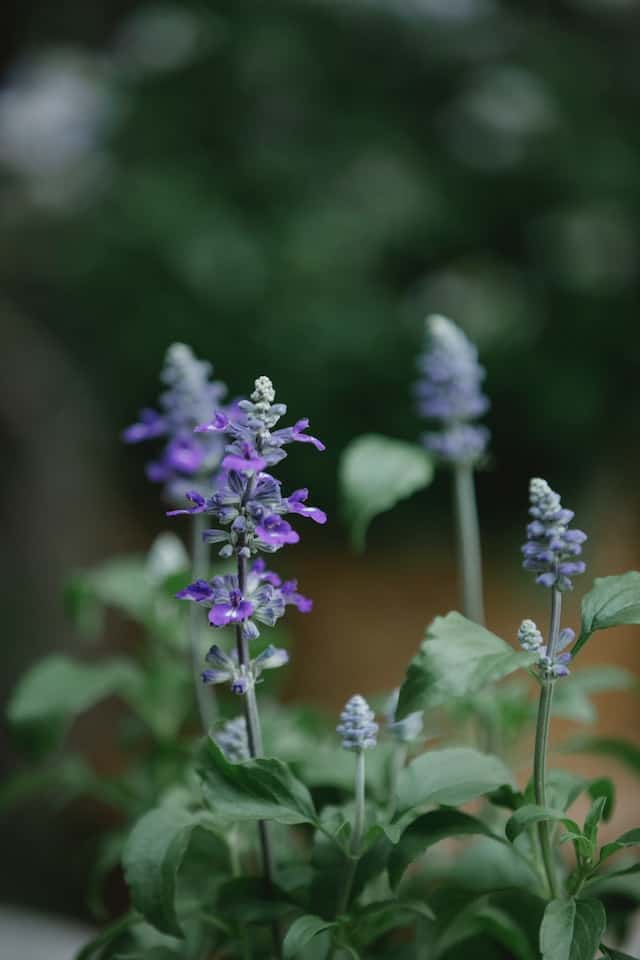
Tricolor Sage, or Salvia officinalis ‘Tricolor’, is another fantastic option for pots, particularly noted for its striking variegated foliage. The leaves feature a delightful blend of cream, purple, and green, adding vibrancy even when it is not in bloom. This herb is also resistant to deer due to its strong aromatic properties, which many animals find off-putting.
Beyond its resistance to deer, Tricolor Sage doubles as a culinary herb. Gardeners can enjoy harvesting its flavorful leaves for various dishes. It thrives in full sunlight and prefers well-drained soil, making it an excellent option for container gardening. Blossoming with purple flowers in the summer, it also attracts beneficial pollinators, providing a multi-faceted benefit to your garden pots.
Marigold
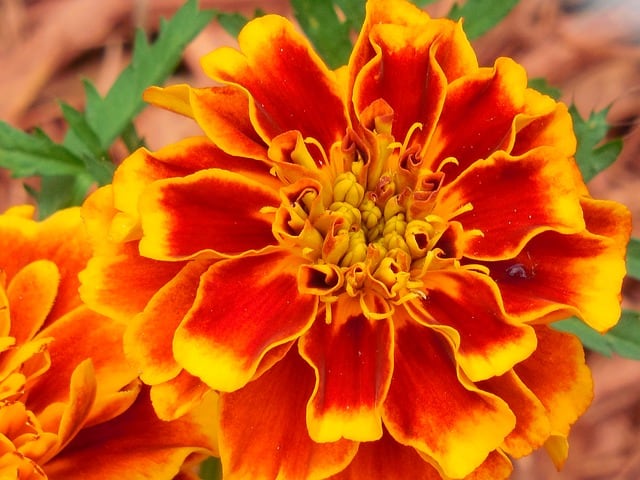
Marigolds are often hailed as the gardeners’ best friend due to their vibrant yellow and orange blooms and distinct aroma. These annuals fall under the genus Tagetes and are typically unfavored by deer, mainly due to their strong scent, which some say resembles that of a pungent herb.
Planting Marigolds not only provides a burst of color throughout the summer months but also serves as a natural pest deterrent. Their fragrance can repel certain insect pests, benefiting neighboring plants. They flourish in sunny environments and adapt well to most soil types, making them highly versatile for container gardening. With a little deadheading, these flowers will continue to bloom throughout the growing season, ensuring pots remain colorful and lively.
Heliotrope
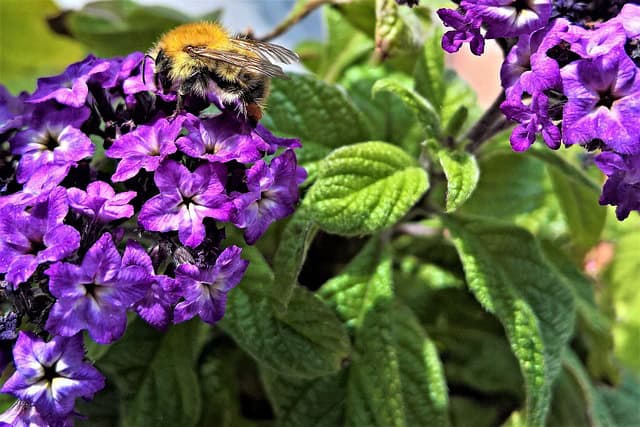
With its captivating clusters of purple flowers, Heliotrope (Heliotropium arborescens) brings a delightful fragrance and visual interest to pots. Known for attracting butterflies and other pollinators, Heliotrope is also unappealing to deer. The plant’s strong scent, reminiscent of vanilla or baby powder, is often enough to keep these animals at bay.
Heliotrope enjoys well-drained soil and full sun, making it an ideal candidate for container gardening. Additionally, its compact growth habit allows for easy arrangement with other flowers, providing a visually appealing display. Regular watering is essential for promoting healthy growth and abundant flowering, and with proper care, Heliotrope can bloom from spring right into fall, adding sustained beauty to your garden space.
Verbena
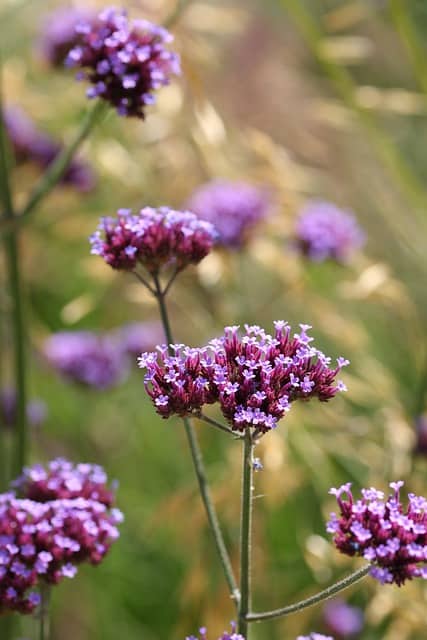
Verbena is a versatile flowering plant that adds a cascade of color to any pot. With numerous species and hybrids available, Verbena produces vibrant blooms in a range of colors, including purple, pink, red, and white. Deer typically avoid this plant due to its coarse foliage and strong scent.
This hardy annual thrives in sunny locations and prefers well-draining soil. Verbena is known for its long flowering period, often lasting from spring until the first frost. It’s a champion at attracting pollinators like butterflies and bees, establishing a lively atmosphere around your pots. For gardeners looking to create hanging baskets or trailing arrangements, Verbena performs beautifully with its spreading nature.
Euphorbia
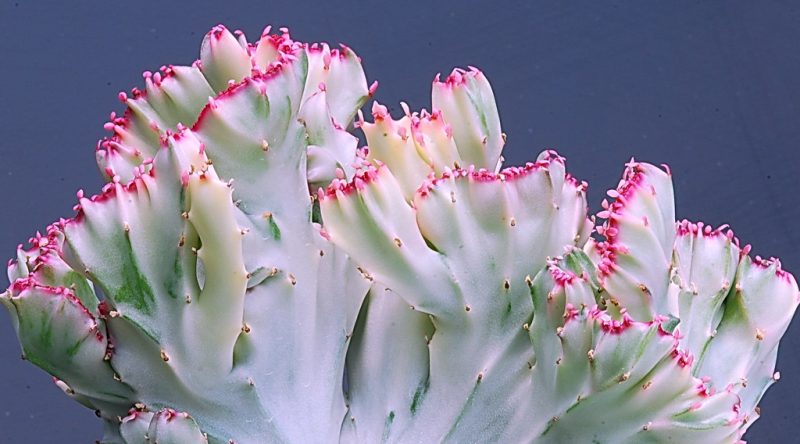
Euphorbia encompasses a broad range of flowering plants, the most notable for pots being Euphorbia hypericifolia, commonly referred to as ‘sprinkle flower.’ This plant not only boasts delicate, tiny star-like flowers but also features attractive foliage. Importantly, Euphorbia is distasteful to deer, which helps keep your pot displays untouched.
These plants do well in full sun and thrive in well-drained soil. They require minimal maintenance, making them perfect for busy gardeners. When combined with other colorful flowers, Euphorbia saves you from worrying about deer nibbling away your hard work, creating a beautiful, low-maintenance container garden that flourishes throughout multiple seasons.
Iceland Poppy
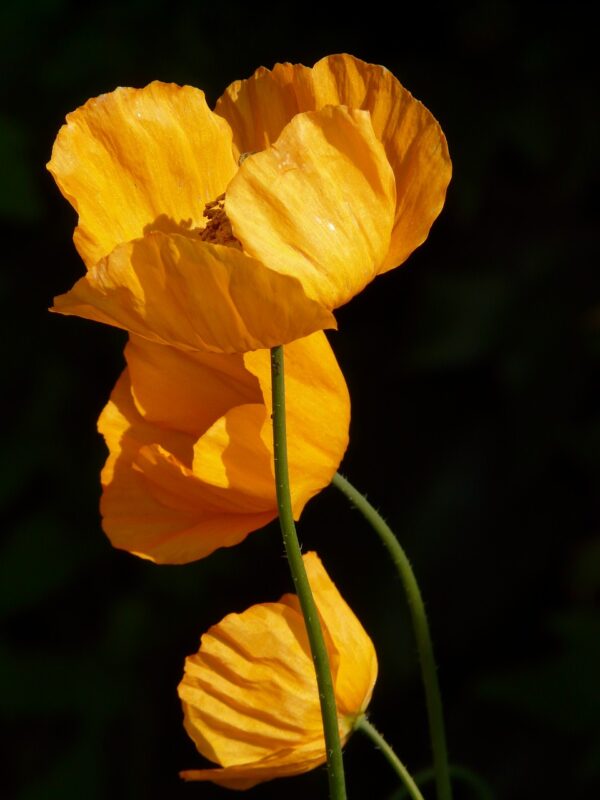
The Iceland Poppy (Papaver nudicaule) is an enchanting perennial known for its fluffy blooms in a vibrant spectrum of colors, including yellow, orange, and pink. Not only are these flowers stunning, but they are also resistant to deer, who generally shy away from the plant due to its bitter taste.
Iceland Poppies prefer well-drained soil and can flourish in full to partial sunlight. Their unique papery petals add an ethereal quality to any floral arrangement. Moreover, they tend to be drought-tolerant once established, making them an excellent choice for less frequent garden maintenance. The blooming season generally stretches from late spring to early summer, resulting in a spectacular and colorful addition to your pots.
Ageratum
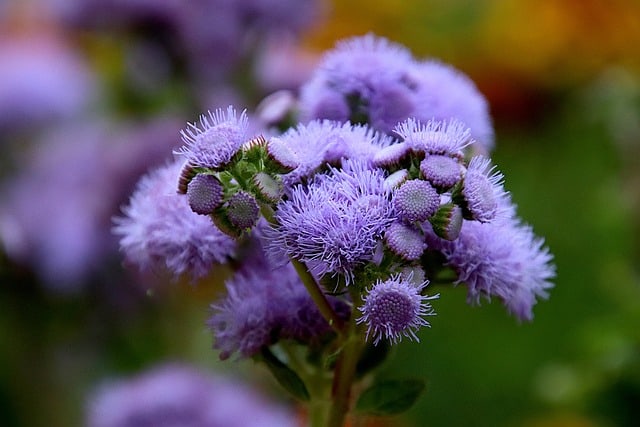
Ageratum, often referred to as ‘Floss Flower,’ is an annual flowering plant valued for its fluffy clusters of bright blue or purple flowers. This lovely plant is a favorite amongst gardeners for its hardiness and lovely color, while deer tend to steer clear due to its aromatic foliage.
Ageratum thrives in full sun to partial shade, and it performs well in moist, well-drained soil. Its compact size makes it an ideal selection for adding lower layers to pots or using in window boxes. Throughout the flowering season, Ageratum provides continued inspiration with its trademark fuzzy blooms, enticing pollinators while keeping deer at bay.
Snapdragon
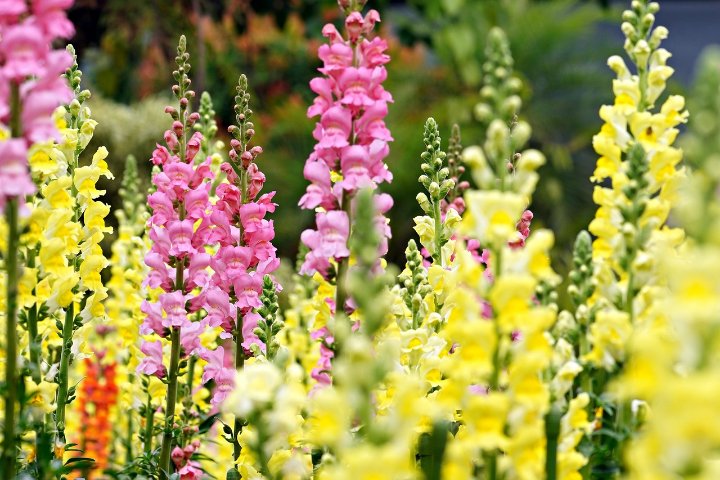
Snapdragons, or Antirrhinum majus, are a classic garden favorite featuring unique tubular flowers that attract attention in any container. These blooms come in a variety of bright colors, adding cheerful charm to your pots. Deer tend to avoid Snapdragons due to their somewhat bitter taste and tough texture.
Snapdragons prefer cooler weather, thriving in spring and fall, making them great candidates for transitional seasons. They enjoy well-draining soil and full sun, making them easy to incorporate into your garden arrangements. With their tall spikes of flowers, Snapdragons add vertical interest to pots and are excellent for both flower arrangements and garden displays alike.
Lantana
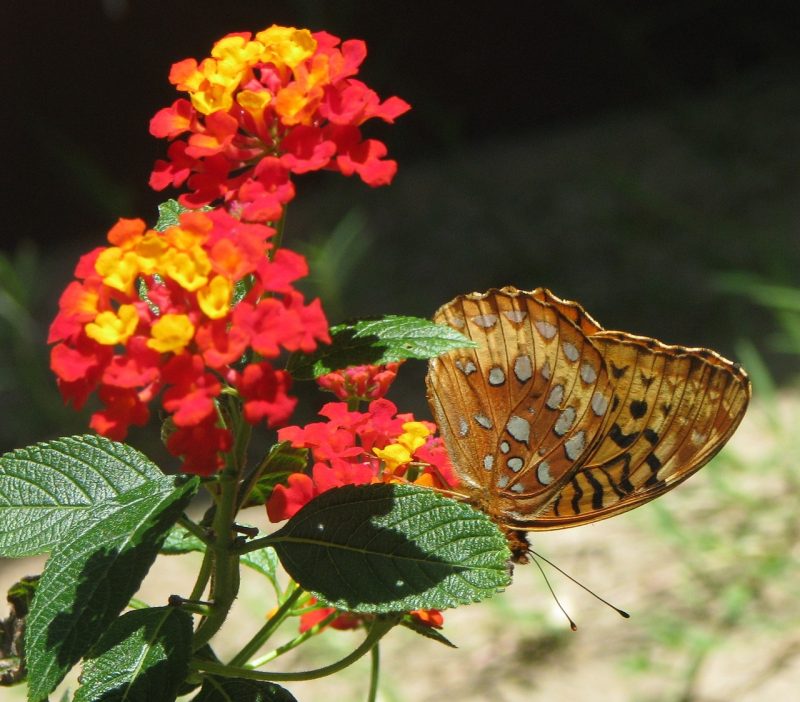
Lantana is a tropical perennial that remains popular for its fragrant flowers and resilience in various environments. The small clusters of blossoms may be multicolored, creating a cheerful pop within any container. Though deer may nibble on the foliage when other options are scarce, they typically avoid Lantana due to its rough texture and unpalatable taste.
These low-maintenance plants thrive in full sun and are drought-tolerant, making them suitable for pot displays that receive a lot of heat. Lantana also attracts butterflies, thereby contributing to a lively garden atmosphere. Continuous flowering from spring through frost guarantees prolonged beauty and color in your outdoor spaces.
Cleome
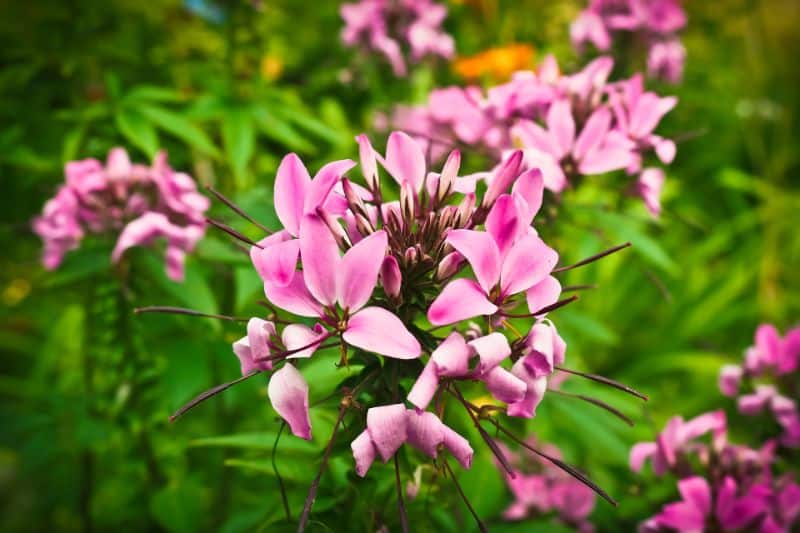
Cleome, commonly known as Spider Flower, is an eye-catching addition to any pot due to its spiky flower clusters and greenery. These unique blooms come in shades of pink, purple, and white, creating a striking visual display. Deer typically avoid Cleome, likely due to its distinctive aroma and texture.
Cleome requires full sun and appreciates well-drained soil. The plant thrives under warm conditions, often blooming throughout the summer. It can grow quite tall, offering vertical depth to container arrangements. Moreover, Cleome attracts butterflies and hummingbirds, enhancing the overall garden experience and lively ecosystem in your outdoor space.
Sweet Alyssum

Sweet Alyssum (Lobularia maritima) is cherished for both its lovely tiny flowers and sweet scent. Displaying clusters of white, purple, or pink blooms, this annual flower serves as an excellent ground cover or filler in pots. Deer tend to be deterred by its scent, making it an effective companion plant.
Alyssum thrives in well-draining soil and full sunlight, although it can tolerate partial shade. Its low growth habit makes it perfect for border plants, window boxes, or containers. Sweet Alyssum also attracts beneficial insects, enhancing the overall health of your garden. With a long flowering period, this plant ensures your pots remain visually inviting for a considerable time throughout the blooming season.
Persian Shield
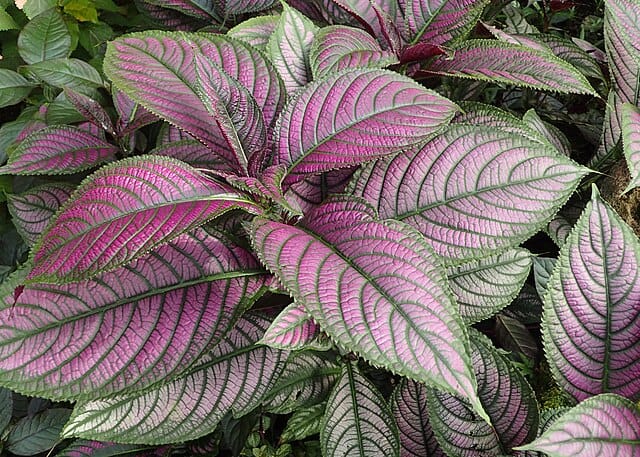
The Persian Shield (Strobilanthes dyerianus) stands out not just for its vibrant appearance but also for its ability to withstand deer. This tropical perennial is known for its iridescent purple leaves that provide dramatic visual impact in any pot. While it does produce small purple flowers, the primary attraction lies in its stunning foliage.
A shade-loving plant, Persian Shield thrives in well-drained soil. Its rich coloration makes it a superb contrast when paired with more brightly colored flowers or lighter foliage. Persian Shield is best grown in warm climates, making it an excellent choice for creating shaded outdoor pots that maintain a lush and vibrant appearance year-round.
Black-Eyed Susan
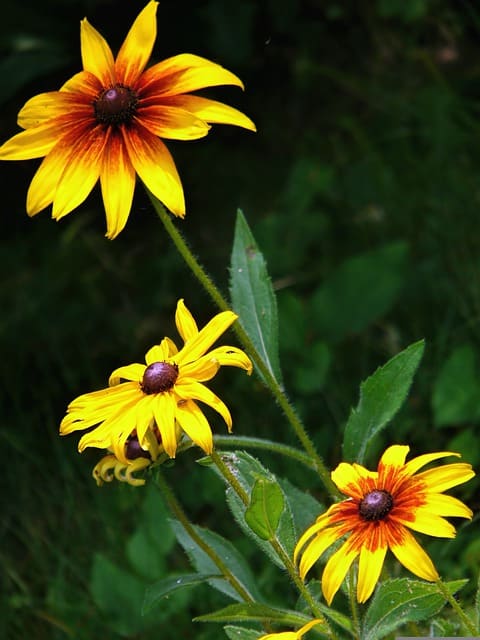
Black-Eyed Susans (Rudbeckia hirta) are classic garden staples that bring sunshine into any container garden. This perennial is recognized by its golden yellow petals surrounding a dark central cone, making it an iconic choice for summer blooms. Deer typically do not favor Black-Eyed Susans, primarily due to their coarse texture.
These flowers prefer full sun and well-drained soil and thrive in a variety of garden conditions. Black-Eyed Susans can bloom from early summer through fall, resulting in a charming and inviting display. They also attract pollinators, contributing to a healthy garden ecosystem while providing an outstanding visual for any outdoor space.
Columbine
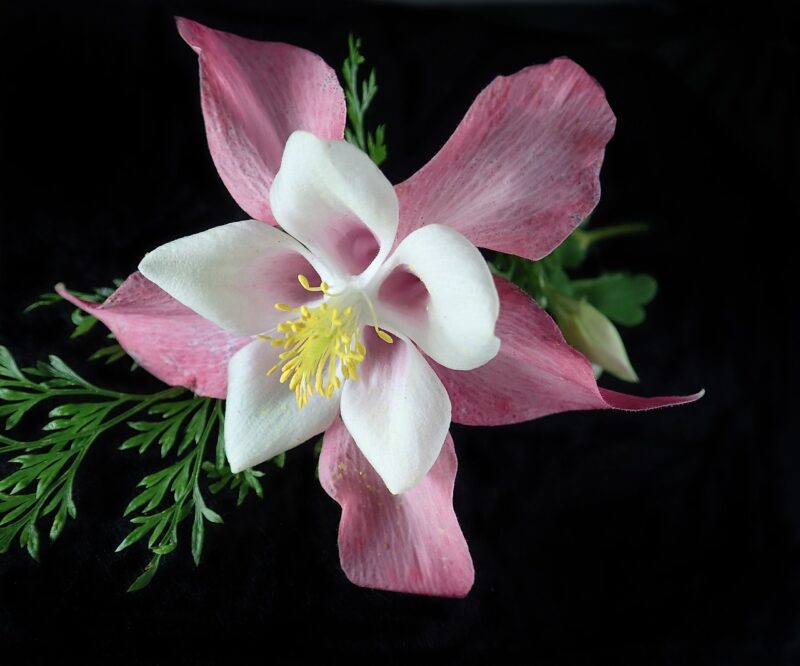
Columbine (Aquilegia) features ornate flowers in a dazzling array of colors, making it a prized addition to any garden. This perennial plant is typically avoided by deer, largely due to its mildly toxic leaves and strong scent. The unique, bell-shaped blossoms have a distinct charm, offering a delightful spring revival to garden pots.
Columbine prefers to grow in well-drained soil and partial shade, making it a fantastic choice for those shaded corners of your garden. Once established, it continues to flower from spring to early summer, inviting pollinators such as bees and hummingbirds. With a little care, these enchanting plants will add vivid color and interest to your container arrangements.
Sedum
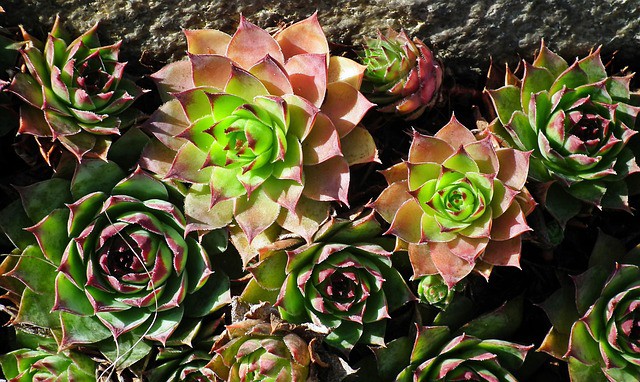
Sedum, commonly known as stonecrop, consists of a broad range of succulent plants that are not only visually appealing but also incredibly resilient. Most species of Sedum are naturally deer-resistant; their fleshy leaves are not typically to the liking of these animals. These perennials offer long-lasting blooms and add distinctive depth to any pot.
Sedum grows best in sunny environments and thrives in well-draining soil, making it an excellent choice for container gardening. The versatile nature of Sedum allows it to pair beautifully with other succulents and flowering plants. Its drought-tolerant characteristic means that these plants require minimal maintenance once established, providing an excellent option for busy gardeners.
Conclusion
Choosing deer-resistant flowers for pots is an intelligent way to create beautiful and resilient outdoor arrangements. The plants listed here each offer unique attributes that not only enhance visual appeal but help detour unwanted grazing. By carefully selecting from this range, gardeners can enjoy vibrant displays while minimizing the stress and effort involved in protecting their precious blooms from deer.


